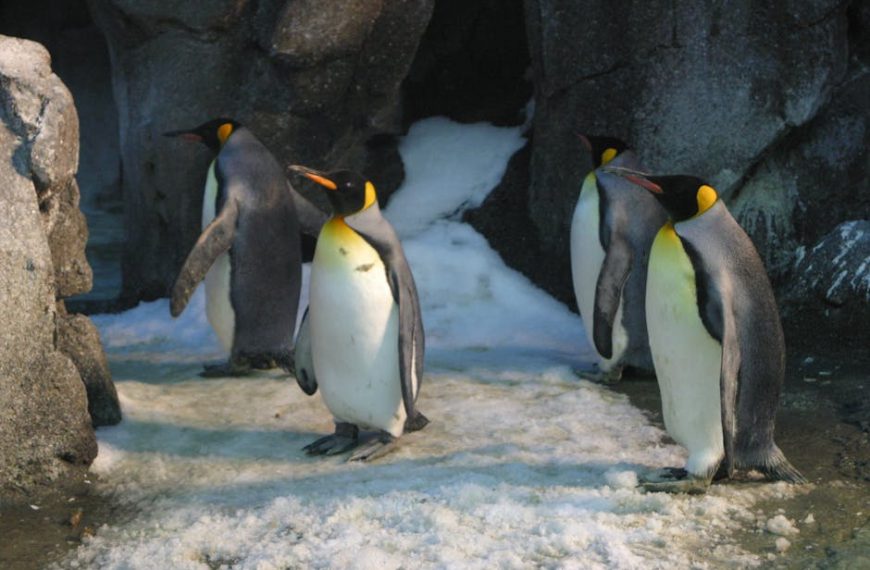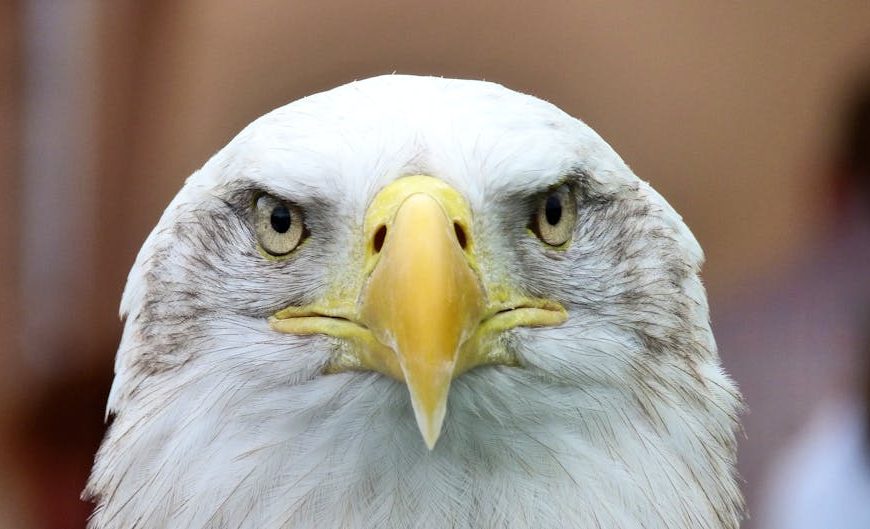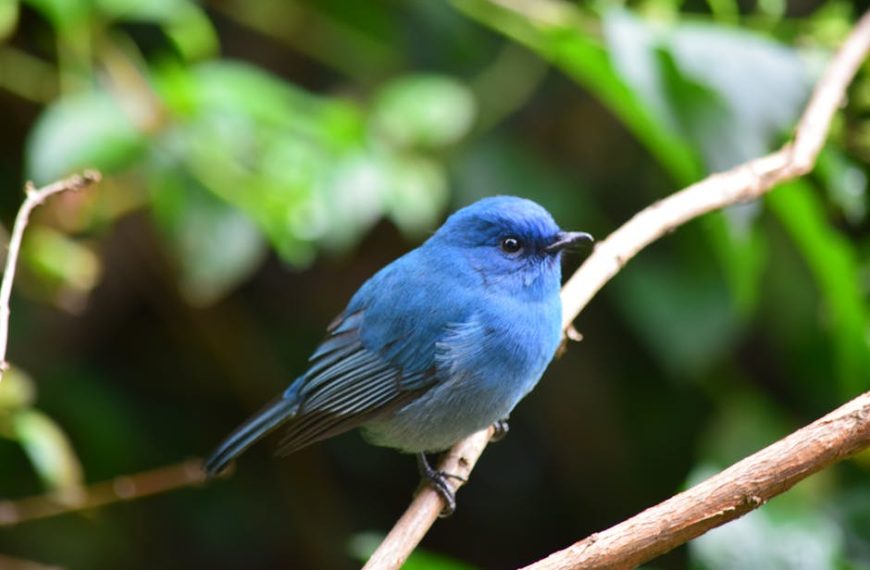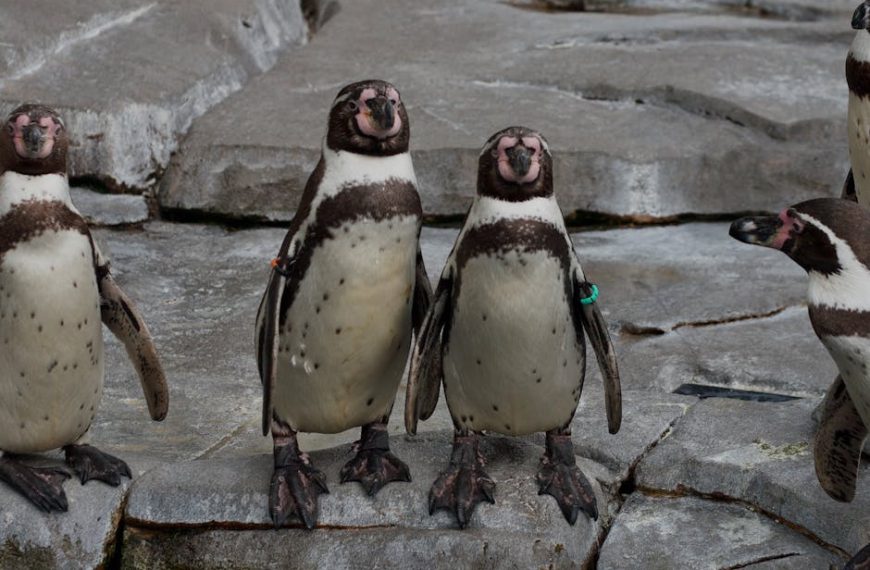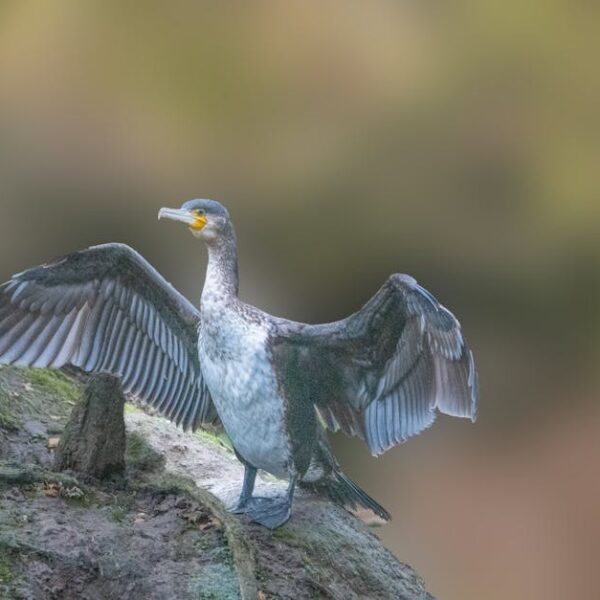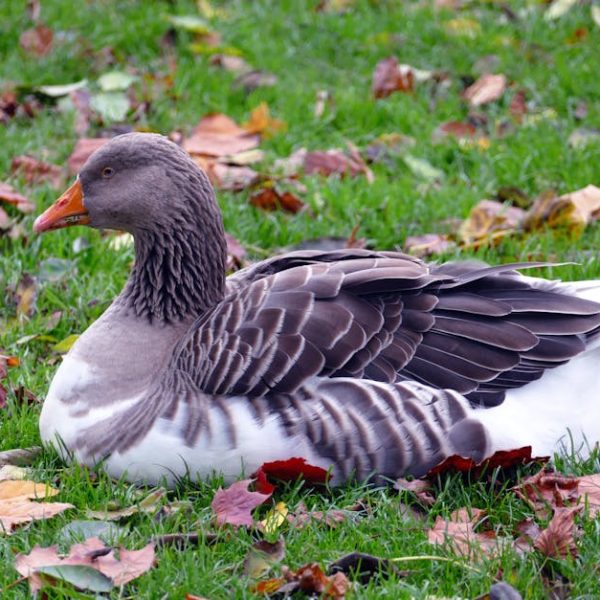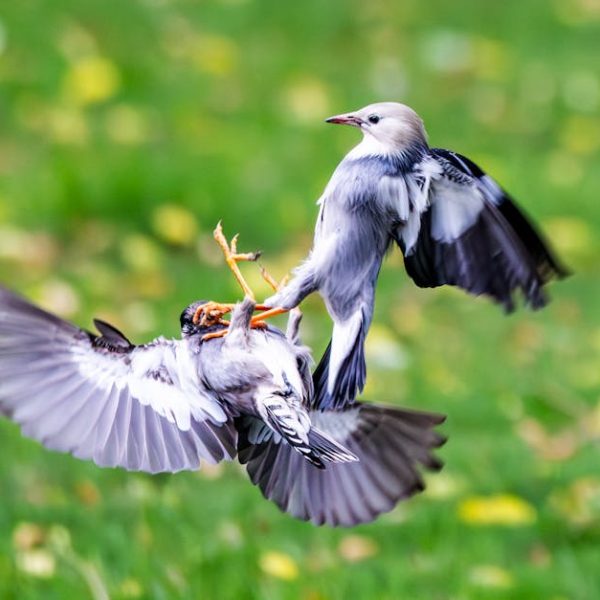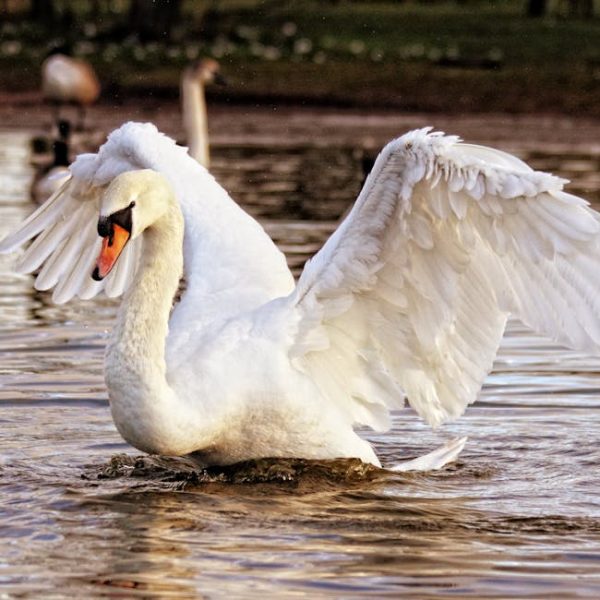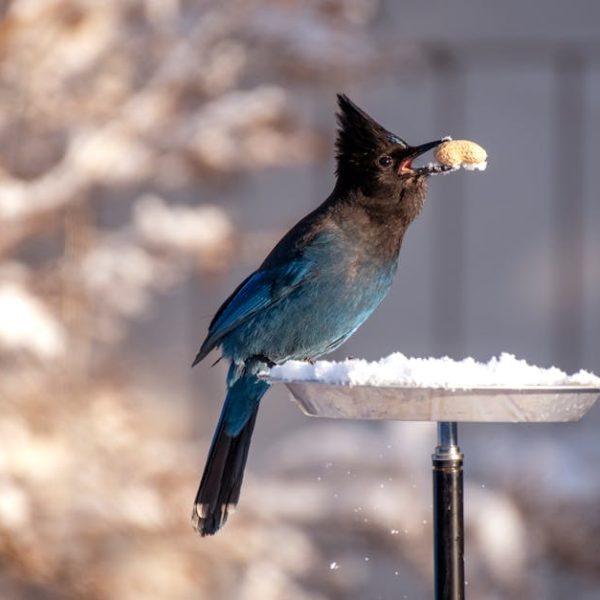Although varied in appearance and lifestyle, reptiles, birds, and mammals share remarkable common traits. These resemblances range from physiological characteristics to survival strategies and reproductive mechanisms. To fully appreciate these shared traits, we delve into the distinct yet interconnected aspects of ectothermy and endothermy, evolutionary and genetic links, structures and locomotion modes, survival adaptations, and reproductive systems.
Ectothermic and Endothermic Characteristics
Reptiles, birds, and mammals primarily fall into two broad categories when it comes to body temperature regulation – ectothermic and endothermic. Reptiles, being ectothermic organisms, depend on external heat sources to regulate body temperature. In contrast, birds and mammals fall under the endothermic class, generating heat from within their bodies.
Key distinguishing features of ectothermic and endothermic organisms:
- Ectotherms have a slow metabolic rate, contributing to lower energy requirements.
- Endotherms maintain a constant body temperature despite environmental changes, enabling them to inhabit diverse ecosystems.
Pro Tip: If studying these groups, making temperature-based classifications ease the understanding of these animals’ behaviors and survival strategies.
Ectothermic vs. Endothermic (a simple comparison)
| Ectothermic (Reptiles) | Endothermic (Birds and Mammals) | |
|---|---|---|
| Heat Source | External | Internal |
| Metabolic Rate | Slow | High |
| Energy Requirements | Lower | Higher |
Evolution and Genetic Connections
Reptiles, birds, and mammals share an evolutionary family tree. The genetic connections among these groups provide substantial evidence of a shared lineage. Birds descended from theropod dinosaurs, a lineage of reptiles, while mammals emerged from synapsid reptiles, underscoring the deep genetic ties between these three animal classes.
Best practices for tracing evolutionary trends include:
- Studying fossil records to explore historical connections.
- Comparing DNA sequences to identify genetic similarities and variations.
When analyzing the genetic makeup of reptiles, birds, and mammals, it’s thrilling to note the links and divergences that narrate the fascinating tale of evolutionary adaptation and survival.
The first segment of our discourse ends here. The next will delve into the common variations in locomotion and structure, along with the survival adaptations that these majestic creatures developed over eons. The final section will outline the amazing reproductive strategies implemented by reptiles, birds, and mammals.
Variations in Locomotion and Structure
Reptiles, birds, and mammals demonstrate diverse locomotion styles and structures. From the slithering movement of snakes, the hopping movement of kangaroos, to the flying skills of birds- the range is extensive. However, upon close inspection, certain common traits emerge.
Range of locomotor skills shared by reptiles, birds, and mammals:
- Terrestrial locomotion: Movement on the ground surface.
- Arboreal locomotion: Movement above the ground, often in trees.
- Aquatic locomotion: Movement in water.
- Aerial locomotion: Movement in the air.
Pro Tip: Paying attention to the type of locomotion in animals gives a hint to their habitat, behavior, and the selective pressures they have faced over time.
The Pros and Cons table below presents an analysis of the hierarchical structure of mammals, birds, and reptiles:
| Mammals | Birds | Reptiles | |
|---|---|---|---|
| Complexity | High | Medium | Lower |
| The number of Body Structures | High | Low | Medium |
| Adaptability | High | High | Medium |
Adaptations for Survival
Reptiles, birds, and mammals have evolved adaptations over millennia for survival in their respective environments. These range from their metabolism, behaviors, camouflaging colors, and even social structures.
Key adaptations that reptiles, birds, and mammals share:
- Pacific treefrogs change color for camouflage.
- Bats use echolocation to navigate in total darkness.
- Dinosaurs developed feathers for temperature control and later for flight.
Best Practice: Always consider the environment these animals have adapted to, as it gives insight into their survival strategies, from desert-dwelling reptiles to deep-diving mammals.
The Remarkable Reproductive Systems
Reproduction in reptiles, birds, and mammals varies from laying eggs (oviparity), live birth without placental connection (ovoviviparity), to live birth via a placental connection (viviparity). Each has pros and cons related to survival and resource allocation.
Key reproductive traits:
- Most reptiles, some birds, and few mammals lay eggs.
- Some reptiles and few mammals give live birth.
- Most mammals give live birth with a placental connection.
Comparison: Oviparous, ovoviviparous, and viviparous modes of reproduction – what they entail and how they differ
| Oviparous | Ovoviviparous | Viviparous | |
|---|---|---|---|
| Example | Most reptiles, some birds, and few mammals | Some reptiles and few mammals | Most mammals |
| Mode of reproduction | Eggs are laid and develop outside the mother’s body | Eggs remain within mother’s body until they are ready to hatch | Offspring develop inside the mother’s body and are born live |
Pro Tip: The reproductive traits of an animal often unlock keys to the species’ survival rate, environment and resource allocation. Notably, according to recent studies, viviparous species tend to occur in colder environments than oviparous species.
Through this exploration of traits among reptiles, birds, mammals, we can see a dynamic interplay of evolution, adaptation and survival tactics. The shared traits underline the complex web of life on Earth, speaking volumes about the past, present and possibly even the future of these fascinating creatures.
Key Takeaway:
- The physiological characteristics such as being ectothermic and endothermic differentiate reptiles, birds, and mammals by their adaptation to various environments.
- Reptiles, birds, and mammals have shared evolutionary and genetic connections which trace back to common ancestors.
- The variations in locomotion and complex body structures among reptiles, birds, and mammals highlight their adaptive abilities in different habitats.
- These animal classes have developed unique adaptations for survival in respective environments, from color camouflage to echolocation.
- Their reproductive systems showcase remarkable diversity, ranging from egg-laying to live birth, reflecting their survival strategies and resource allocation.
Despite their stark differences, reptiles, birds, and mammals share a remarkable interconnectedness. Whether it’s their shared ancestry, intricately woven genetic links, or their equally diverse and complex survival mechanisms, these animal classes serve as remarkable pillars in the grand tapestry of life. With a deeper understanding and appreciation of these shared traits, we can further our commitment to conserving these magnificent creatures and their ecosystems.
FAQs
Q: Why are reptiles classified as ectothermic while birds and mammals are endothermic?
A: Ectotherms, like reptiles, rely on their surrounding environment to regulate body temperature. Endotherms, like birds and mammals, are able to generate heat internally and maintain a constant body temperature regardless of environmental changes.
Q: What type of locomotion is common among reptiles, birds, and mammals?
A: All three classes share terrestrial locomotion, or movement on ground surface. Other types of locomotion can include arboreal (in trees), aquatic (in water), and aerial (in the air), depending on the species.
Q: How has survival adaptation evolved in reptiles, birds, and mammals?
A: For survival, these classes have evolved diverse adaptations, from changes in metabolism and behavior to the development of camouflaging colors and complex social structures.
Q: Why do most mammals have viviparous reproduction, while most reptiles and some birds have oviparous reproduction?
A: Viviparity, seen in most mammals, helps protect offspring during development and provides a controlled environment for growth compared to oviparity or laying eggs which are susceptible to environmental risks.
Q: How important is the study of shared traits among reptiles, birds, and mammals?
A: It’s essential because it sheds light on our planet’s biodiversity, offering valuable insights into evolution, taxonomy, survival adaptations, and conservation efforts.
Remember to share this article with others who might be interested and check out our other posts for more insights on a variety of topics!

